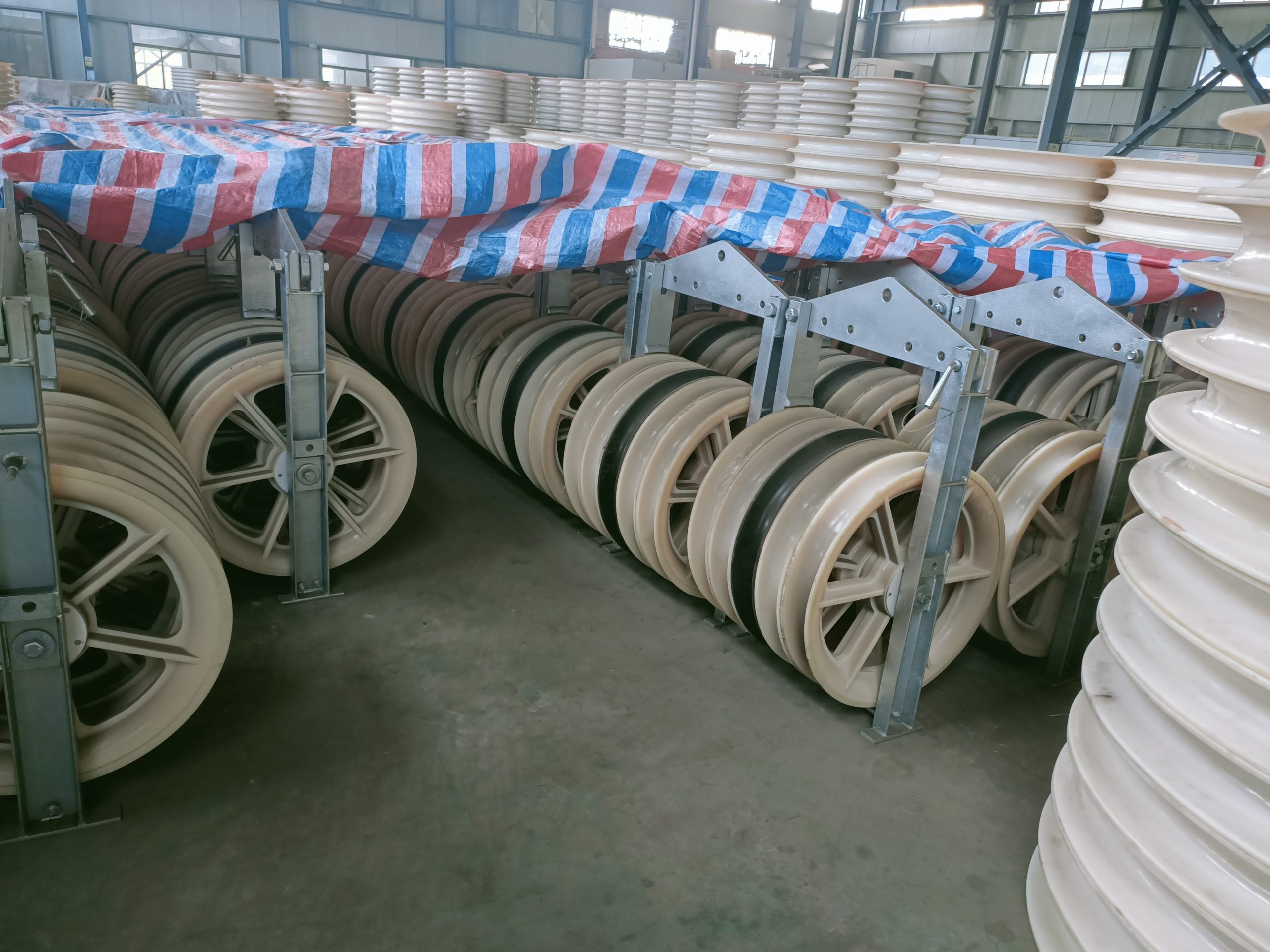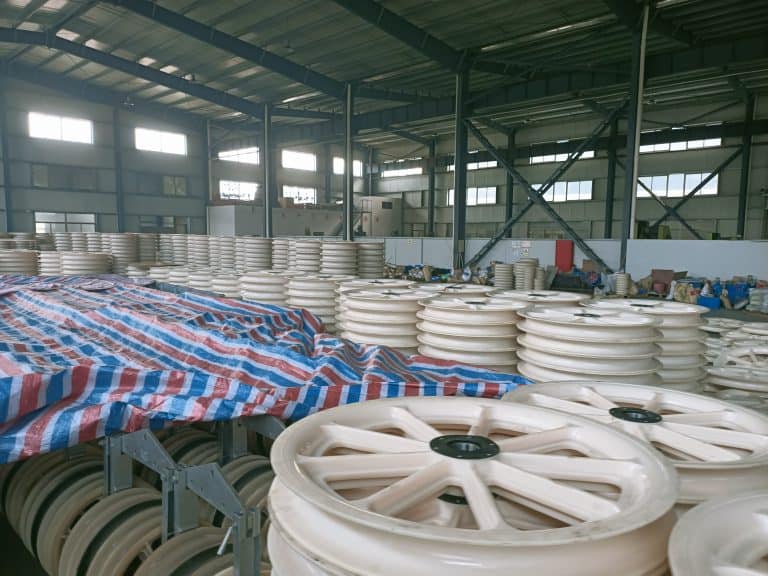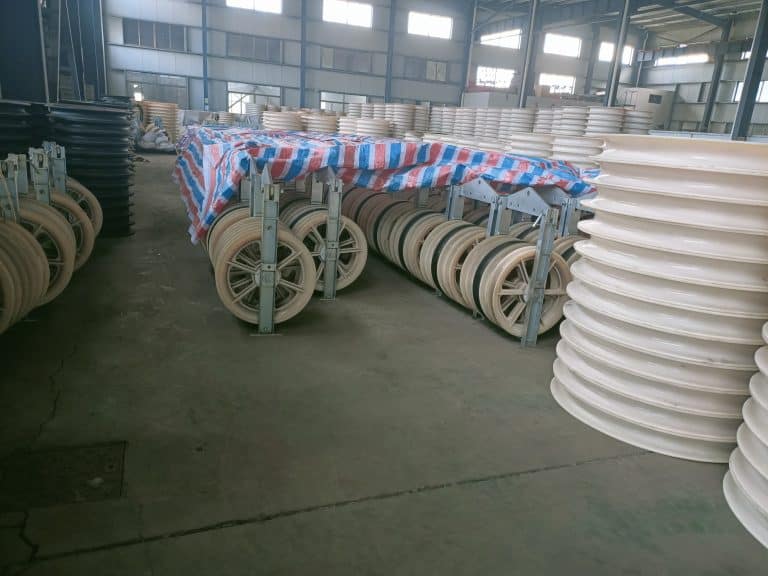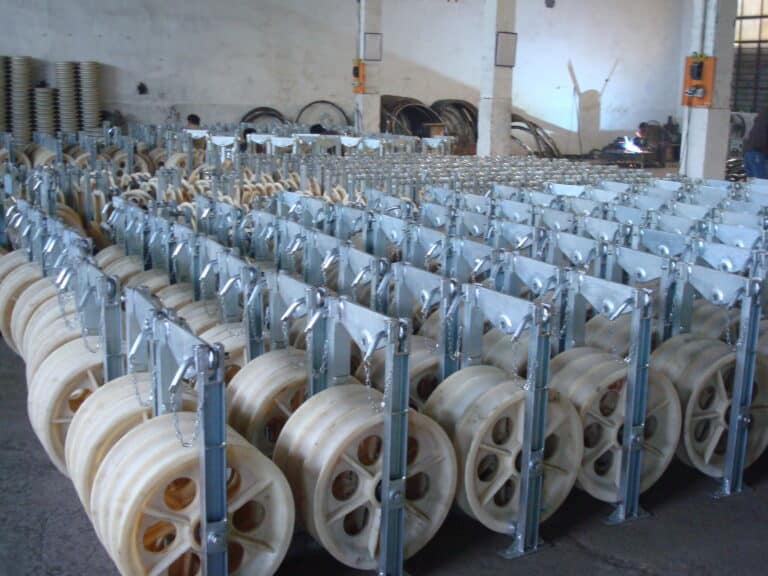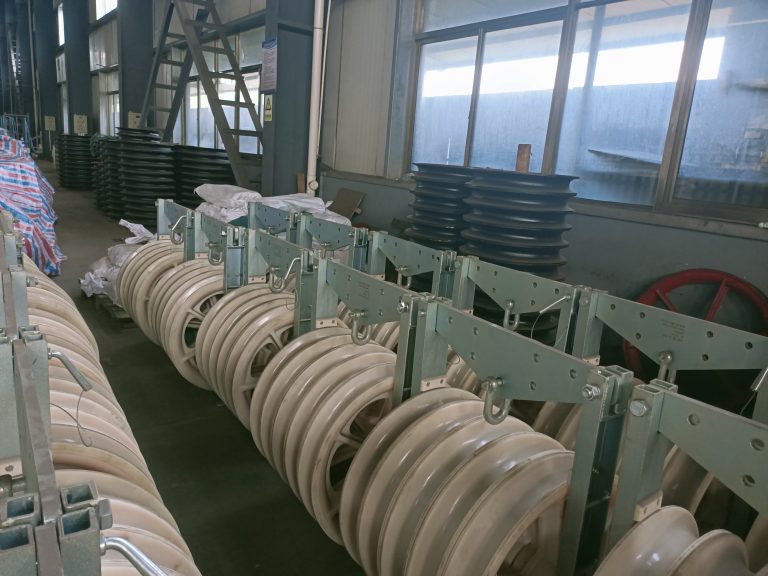Get It Right: Getting the Best Results When Stringing Blocks for ADSS Wire
When stringing blocks for adss wire, it is essential to take the time to do…
When stringing blocks for adss wire, it is essential to take the time to do it right. You want to ensure that the blocks are correctly spaced and secured so your wire will be up and running as soon as possible. Here are a few tips to help you get the best results when stringing blocks for adss wire:
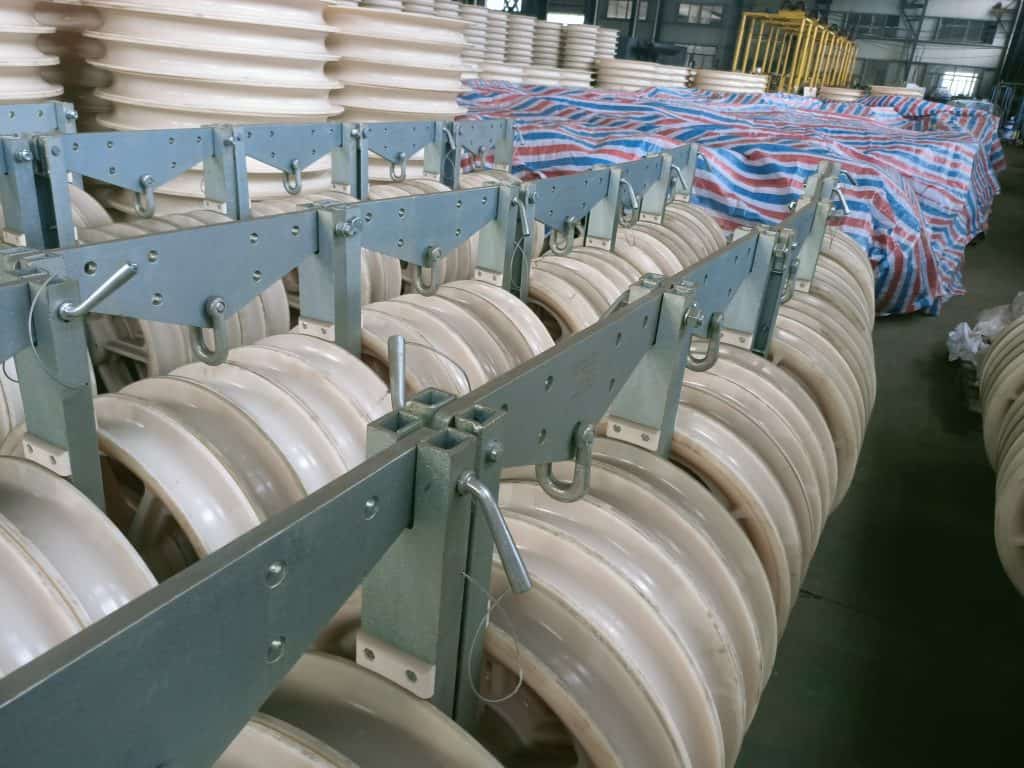
1. Make sure the blocks are appropriately spaced. This will ensure that the wire has enough room to move and breathe.
2. Make sure the blocks are correctly secured. This will prevent them from moving around or coming loose.
3. Use quality blocks and hardware. This will help ensure that your wire is secure and stays in place.
What Is the Purpose of a Stringing Block?
There are a few different stringing blocks for adss wire, but their primary purpose is to create tension on the wire while it’s being strung. This helps keep the wire in place and prevents it from sagging or getting tangled. Stringing blocks also protect the wire from being damaged by sharp edges or objects. They’re an essential part of the stringing process, and if they need to be used correctly, it can lead to problems with the wire’s performance down the line.
Tips for Proper Selection and Installation of Stringing Blocks
When installing your stringing blocks for adss wire, you must take care in the selection process and adhere to the following tips:
1. Be sure to select a stringing block that is large enough for your conductor. This will ensure that the block can adequately support and clamp the conductor.
2. The block should also be made of a strong and durable material that can withstand the tension of the wire.
3. Always use bolts, nuts and washers to secure the block. This will help to prevent it from slipping or moving, which could cause damage to your wire or equipment.
4. For the block to function correctly, it must be installed at a right angle to the conductor.
Conclusion
You’ll want to ensure that the clamps you’re using can also handle the weight of the cable. The clamps should also be adjustable so you can tighten them as needed. And finally, always use caution when working with high-voltage cables. Make sure you have the correct tools and safety gear and know how to use them properly. The best course of action is to consult a professional when in doubt.
wagner smith stringing blocks, hendrix stringing blocks, sherman reilly stringing blocks, conductor blocks, 3 sheeve wire stringing blocks, campbell stringing blocks, slingco stringing block, wire stringing blocks, dncb-1 stringing block, cable stringing rollers.

